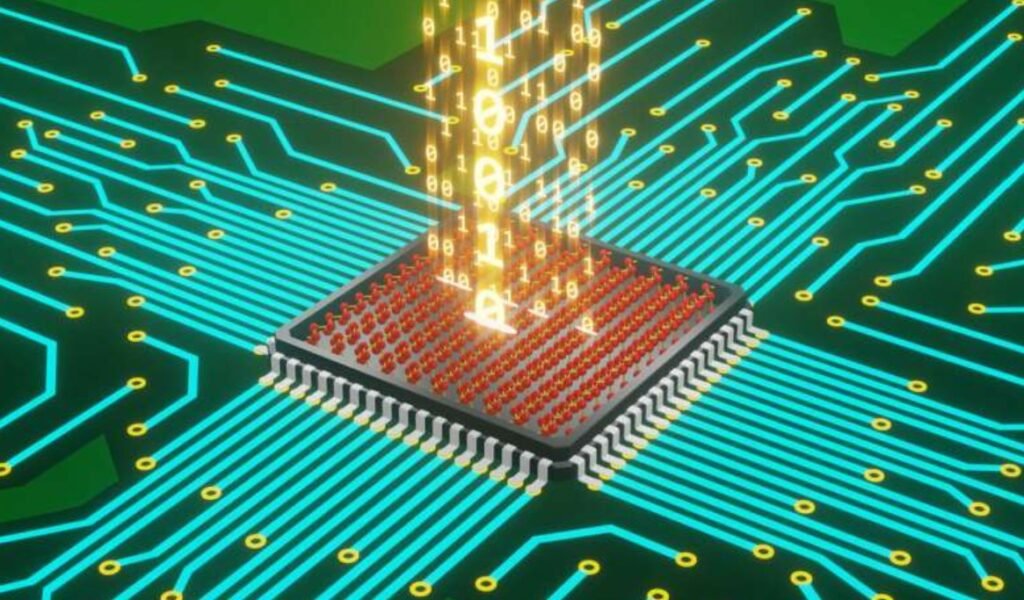In a remarkable stride towards advancing information technology, INST has introduced its latest innovation: an artificial synaptic chip inspired by the human brain. This cutting-edge development promises to enhance computing efficiency and pave the way for more intelligent systems. The team’s focus on emulating the dynamic nature of neural processes marks a significant leap in the field of neuromorphic electronics.
Mimicking the Human Brain’s Dynamic System
The INST team meticulously studied the human brain’s reconfigurable architecture to design their new chip. By leveraging direct memory access, neurons within the chip conduct computational operations, mirroring biological processes.
- Neuromorphic Electronics:
- Efficient computing models
- Enhanced adaptability
- Improved data processing speeds
This approach allows the chip to perform complex tasks more seamlessly, reducing the lag commonly experienced in traditional computing systems.

Overcoming Modern Computing Bottlenecks
Traditional computers rely on a sequence of instructions to handle information, which can create bottlenecks when processing large volumes of data. INST’s novel approach addresses these challenges by adopting principles inspired by the human brain.
| Feature | Traditional Computing | INST’s Neuromorphic Chip |
|---|---|---|
| Data Processing Speed | Slower due to sequential tasks | Faster with parallel processing |
| Energy Efficiency | High energy consumption | Lower energy usage |
| Scalability | Limited by instruction bottlenecks | Highly scalable |
By integrating these neuromorphic properties, the new chip ensures smoother and more efficient data handling, even under heavy computational loads.
Energy Efficiency and Enhanced AI Capabilities
The neuromorphic design of the chip not only boosts processing speed but also significantly reduces energy consumption. This makes it an ideal solution for a variety of applications where power efficiency is crucial.
- Key Benefits:
- Enhanced AI capabilities
- Improved device miniaturization
- More responsive and personalized technology
These advancements enable the chip to support more sophisticated AI functions, leading to smarter and more adaptive devices.
Future Implications and Applications
Published in the journal Applied Physics Letters, this research highlights the chip’s potential to impact everyday life positively. From healthcare to education and environmental sustainability, the applications are vast and varied.
The ability of these systems to learn and adapt over time means that technology can become more personalized, catering to individual needs and preferences.
